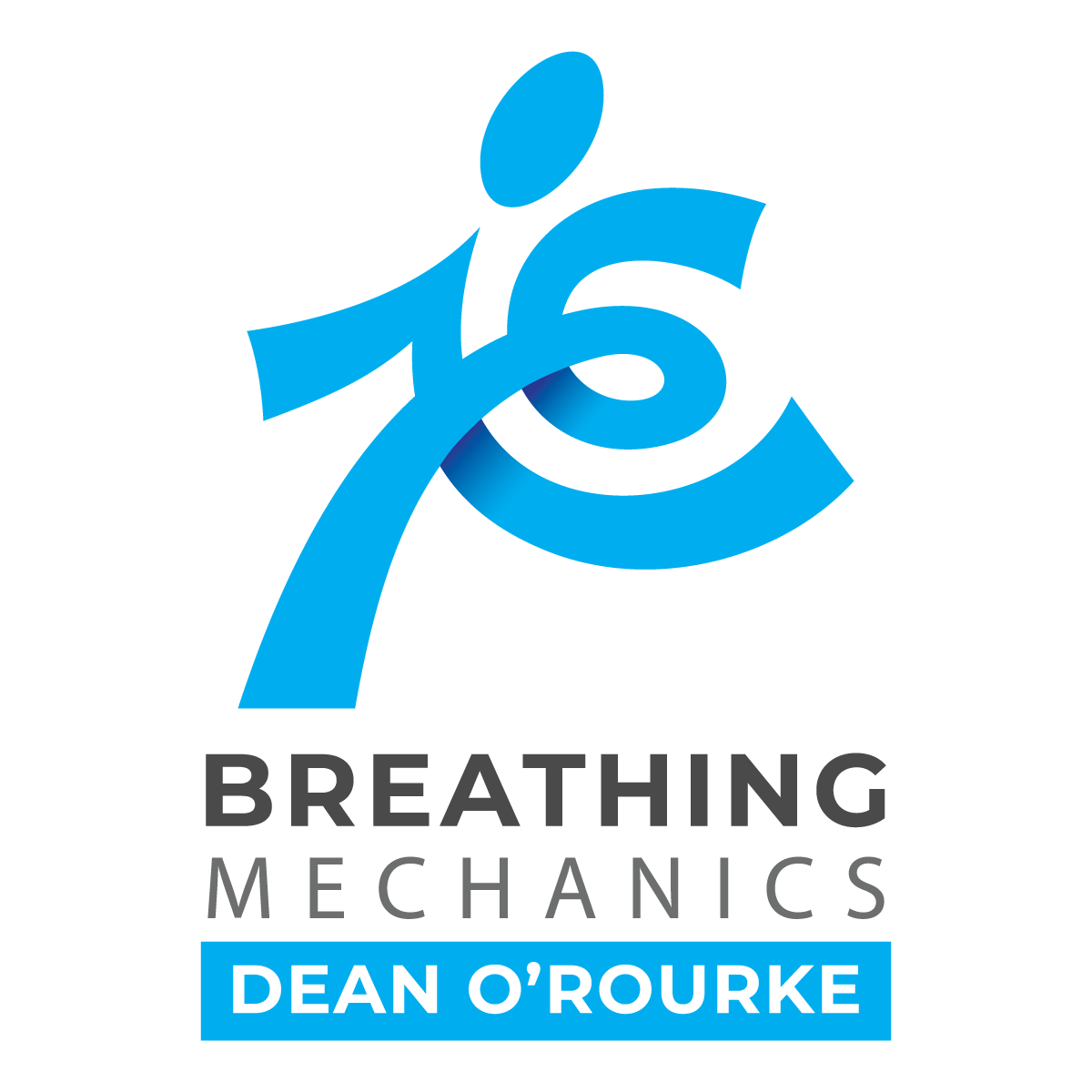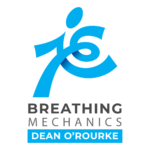Those suffering from Asthma, Allergies often refer to their ‘triggers’. These are often airborne particles like grasses, pollens and moulds.
The key to reducing exposure to triggers is to reduce air intake, increase filtration and humidification of the air breathed by developing a slow, nose to diaphragm breathing habit.
This habit canl also assist in reducing the inflammatory response to any triggers breathed in through a reduction in adrenal output.
Mouth breathing increases air intake and therefore exposure to airborne particles and filtration is very limited.
Breathing slowly from nose to diaphragm as a habit also increases carbon dioxide in the body on a consistent basis. Carbon dioxide is not a waste gas but is a gas the body needs to relax and reduce airway inflammation and increase oxygen release from the blood to all cells in the body. Those suffering from Asthma and Respiratory Allergies tend to be low in Carbon Dioxide.
Another key gas that is produced through nasal breathing is Nitic Oxide. This gas increases oxygenation and fights pathogens entering the airways.
By changing your breathing habit, you can gain much more control of your condition in just five simple sessions.

